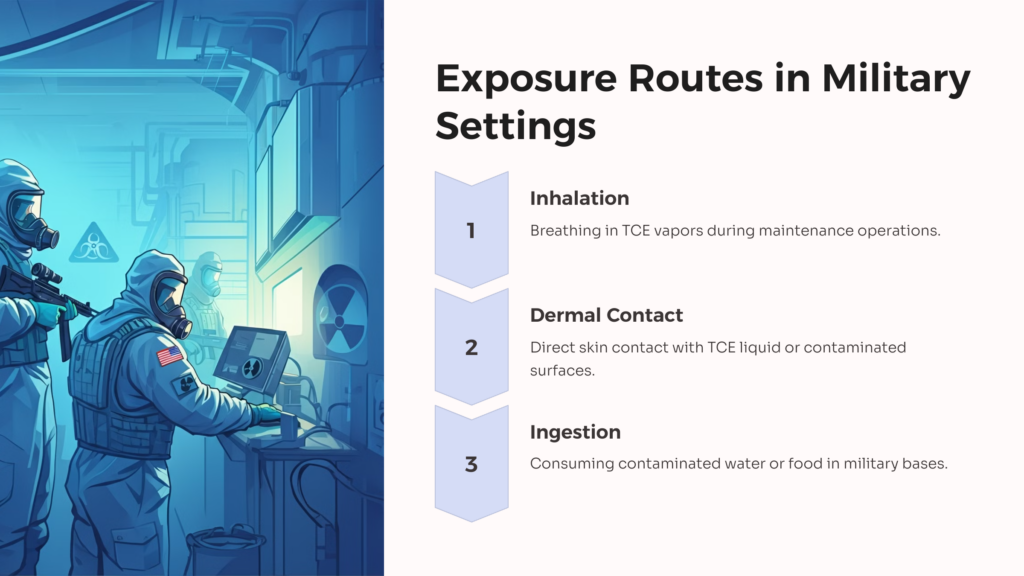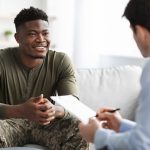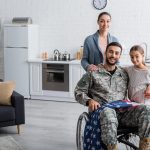
This article aims to break down the complex issue of toxic exposure to a chemical substance known as Trichloroethylene (TCE). TCE is a colorless, volatile liquid primarily used as a solvent to remove grease from metal parts in industrial and commercial settings. It also finds use as an extraction solvent for several industries. However, the usage of TCE has not been limited to commercial industries, with the compound widely deployed across military installations. This article delves into the concerns surrounding trichloroethylene military exposure, the potential health risks, scientific research, and the response of the military establishment and the government.
Trichloroethylene and Its Uses
Trichloroethylene (C2HCl3) is a non-flammable, heavy liquid with a somewhat sweet aroma and a burning taste. It is produced commercially through the chlorination of ethylene in the presence of a catalyst. TCE is a potent solvent for a variety of organic materials, and as such, it finds widespread usage in industries such as metal degreasing, dry-cleaning, textile processing, and the production of refrigerants.
In the military realm, TCE has been employed in a multitude of applications, ranging from maintenance, cleaning, and degreasing of equipment and aircraft components, to use in nuclear facilities. The ubiquity of TCE’s usage means that it has seeped into the environment surrounding numerous military installations, exposing military base personnel to its potential risks.
Military Trichloroethylene Exposure

Exposure to TCE in military-based situations primarily occurs through inhalation, dermal contact, or ingesting contaminated water or food. Prolonged occupational usage, such as during maintenance operations, has led to long term toxic exposure for many military base personnel.
One notable case of TCE contamination within the military was at Marine Corps Base Camp Lejeune, where drinking water wells were discovered to be contaminated with TCE and other toxic substances. Approximately a million military personnel and their families were exposed to these contaminants. Similarly, in the early 2000s, it was revealed that McClellan Air Force Base was a site of TCE contamination due to its use as a degreasing agent.
While comprehensive statistics on military exposure to TCE are not readily available, it is evident from site-specific studies and anecdotal accounts that the scope of exposure to the toxic substance is significant.
Health Risks Associated with Trichloroethylene Exposure

Numerous health risks are associated with TCE exposure. Short-term exposure can lead to headaches, lung irritation, dizziness, and even euphoria. However, long term exposure has more severe effects, including damage to the nervous system, liver, kidneys, and possibly the heart. Moreover, various forms of cancer, specifically kidney cancer, non-Hodgkin lymphoma, and liver cancer, have been linked to prolonged TCE exposure.
For military personnel, the risk is often elevated due to the likelihood of long term exposure and, in many cases, high-level exposure. Furthermore, specific military work environments may contribute to a higher concentration of TCE, increasing health risks. Findings based on research studies substantiate these risks. A report by the Environmental Protection Agency (EPA) concluded that TCE was carcinogenic to humans by all routes of exposure.
Military and Government Response to TCE Exposure Risks
In response to the exposure risks, the Military Health System has implemented certain safety protocols and policies. For instance, it has promoted TCE awareness among its personnel, emphasizing symptoms of exposure to aid quicker detection. Specific policies have been instituted to monitor and limit TCE exposure, including guidelines for proper use, storage, and disposal.
On the remediation front, the Department of Defense’s (DoD) Environmental Restoration Program (ERP) has been actively involved in cleanup efforts of TCE-contaminated military sites. However, despite these efforts, critics argue that government and military response remains inadequate in addressing this issue holistically.
Current Studies and Research on TCE and Military Exposure

Presently, research continues to unfold around TCE exposure within the military. Recent studies affirm that TCE-exposed veterans could have a significantly higher risk of developing Parkinson’s disease. Another study from the National Institute of Environmental Health Sciences suggests that early-life exposure to TCE can increase susceptibility to autoimmune liver disease in adulthood.
These findings hold significant implications. Firstly, they underscore the urgent need for comprehensive health surveillance and better protective measures for military personnel. Secondly, they suggest that further research is required to understand the full spectrum of potential health impacts of TCE.
Military exposure to TCE is a material and pressing concern given the extensive usage of the chemical in various military disciplines and the serious health risks associated with prolonged exposure. While advancements in safety protocols, policy frameworks, and remediation efforts signal progress, the volume of research and numerous case studies highlight the need for more proactive measures. It is paramount for everyone, especially those in the military, to stay informed about the potential risks associated with TCE exposure. Looking forward, a sustained research focus, policy renovations, and enhanced awareness programs are critical in addressing TCE exposure in the military community.
 AllVeteran.com Advisors
AllVeteran.com Advisors
With expertise spanning local, state, and federal benefit programs, our team is dedicated to guiding individuals towards the perfect program tailored to their unique circumstances.


















